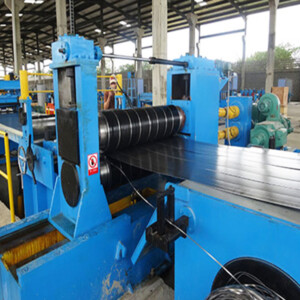

Cold rolling mill design types can be divided into many kinds, can meet different processing needs to be customized. According to different standards to distinguish the type of mill. If you choose according to the plate processing, cold-rolling mill used in the processing of sheet metal can be hot-rolled and cold-rolled two, in the precise thickness of the rolling case, the mill can be divided into cold-rolled plate Two types of cold-rolling mills are also available.
If you need cold-rolled strip to distinguish cold rolling mills, the rolling mill can be divided into continuous rolling mill and reversing rolling mill. However, mill tension is also one of the more important content, mill tension problems generally occur in the rolling, rolling process is an important manifestation. In the strip cold rolling production, high tension rolling is a feature in the production, if the tension system is reasonable, then you can ensure the stability of the rolling process, as well as the quality of finished strip good control. High-tension cold rolling mill can prevent the phenomenon of deviation from the workpiece, and at the same time it has the function of adjusting automatically so that the rolling plate can be flat and reduce the rolling pressure to avoid deformation, so as to improve the production efficiency and improve the working work the amount.
Rolling mill is the cold rolling at room temperature, after cold-drawn, cold-rolled, cold drawn and other cold-worked steel or steel into various types of steel. Advantages are fast forming speed, high output value, without damaging the coating, can be made into a variety of cross-sectional forms to meet the needs of the conditions; cold rolling of the rolling mill can make a great plastic deformation of steel, thereby increasing the The yield point of steel. Cold rolled rolling defects First, although the molding process did not undergo thermal plastic shrinkage, but there are still residual stress in the cross section, the overall characteristics of steel and local curvature will inevitably have an impact.
Second, the cold-rolled steel style is usually open cross-section, making the cross-section of the lower freedom to change the stiffness. Be prone to change in the bending, bending prone to bending flexure, compression, torsion function is poor. Third, cold-formed steel wall thickness is small, in the corner of the plate joints and no thickening, to withstand the localized capacity of the concentrated load is weak.